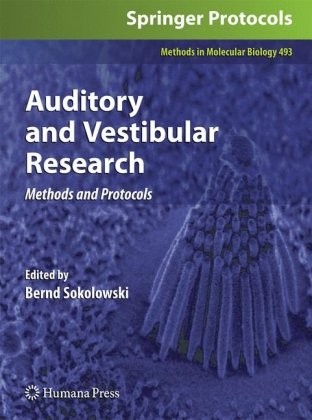

Most ebook files are in PDF format, so you can easily read them using various software such as Foxit Reader or directly on the Google Chrome browser.
Some ebook files are released by publishers in other formats such as .awz, .mobi, .epub, .fb2, etc. You may need to install specific software to read these formats on mobile/PC, such as Calibre.
Please read the tutorial at this link. https://ebooknice.com/page/post?id=faq
We offer FREE conversion to the popular formats you request; however, this may take some time. Therefore, right after payment, please email us, and we will try to provide the service as quickly as possible.
For some exceptional file formats or broken links (if any), please refrain from opening any disputes. Instead, email us first, and we will try to assist within a maximum of 6 hours.
EbookNice Team

Status:
Available0.0
0 reviewsWhile early studies of the auditory/vestibular sciences provided insights into the anatomy and neurophysiology of these systems and produced a prosthetic cochlear implant, the rise of molecular biology now permits a clear examination of the genetic basis for various hearing and balance disorders. In Auditory and Vestibular Research: Methods and Protocols, specialists in the field describe current RNA, protein, and imaging protocols that have provided insights into genetic regulation as well as a greater understanding of the genes and pathogens involved in diseases of the ear. This overview utilizes both mammalian and non-mammalian animal models as well as techniques applicable to clinical studies in order to best provide an up-to-date perspective on basic research. Written in the highly successful Methods in Molecular Biology™ series format, chapters include brief introductions to their subjects, lists of the necessary materials and reagents, step-by-step, readily reproducible laboratory protocols, and Notes sections, highlighting tips on troubleshooting and avoiding known pitfalls.
Comprehensive and cutting-edge, Auditory and Vestibular Research: Methods and Protocols is an ideal guide to the field and a useful tool for exploring genes and proteins in other systems as well, especially systems in which tissues are scarce and a comparative approach lends itself to discovering the underlying causes of human disorders.